Whether you’re starting out on your fitness journey or have been at it for awhile, If you’ve been reading up recent diet trends, the flexitarian diet would most definitely have popped up once or twice. You should seriously consider the flexitarian diet if you’re not a fan of strict rules or counting calories but want a healthier diet. The term “flexitarian” comes from combining the word “flexible” and “vegetarian.” Don’t worry; this diet doesn’t involve cutting meat out of your diet entirely. You just gradually consume less of it.
The flexitarian diet was developed by dietitian Dawn Jackson Blatner to allow people to enjoy the benefits of vegetarianism while still allowing them to enjoy their favorite animal products in moderation.
Vegetarians remove meat and sometimes animal products from their diets, while vegans avoid meat, dairy products, and other animal-derived products. These diets are significantly more challenging to adopt since most of us grow up eating meat and animal products.
Some of the principles behind the flexitarian diet include:
- Consume mostly whole grains, legumes, vegetables, and fruits.
- Focus on getting most of your protein from plants and not animals.
- Limit your consumption of processed foods, and look for the most natural forms of foods you make part of your diet.
- Keep foods and beverages with added sugars to a minimum.
- Incorporate animal products into your meals sporadically.
Everything You Should Know About The Flexitarian Diet
The U.S. News Best Diet Rankings has the flexitarian diet listed as the second-best diet in the world, right below the Mediterranean diet. It is a straightforward diet that doesn’t require you to make significant sacrifices.
Think of the flexitarian diet as an alternative to a vegetarian diet that still allows you to consume meat occasionally. The diet involves mostly consuming nuts, legumes, whole grains, veggies, fruits, and a limited amount of meat. If the idea of never eating meat again sounds too drastic to you, you might be better suited for a flexitarian diet.
Guidelines
While the flexitarian diet is designed to be very flexible to suit your tastes, there are some guidelines you should follow regarding the types of foods you mainly consume and how much meat you eat.
Depending on how committed to sticking to a flexitarian diet, you should consume between 9 to 28 ounces of meat per week. That’s the beauty of this diet. You choose how much meat you consume each week, and 28 ounces is quite a lot. For example, a piece of chicken breast shaped like a deck of cards only weighs about three ounces.
The flexitarian diet can be broken down into three stages, depending on how much meat you’re willing to cut out of your diet. These are:
First Stage
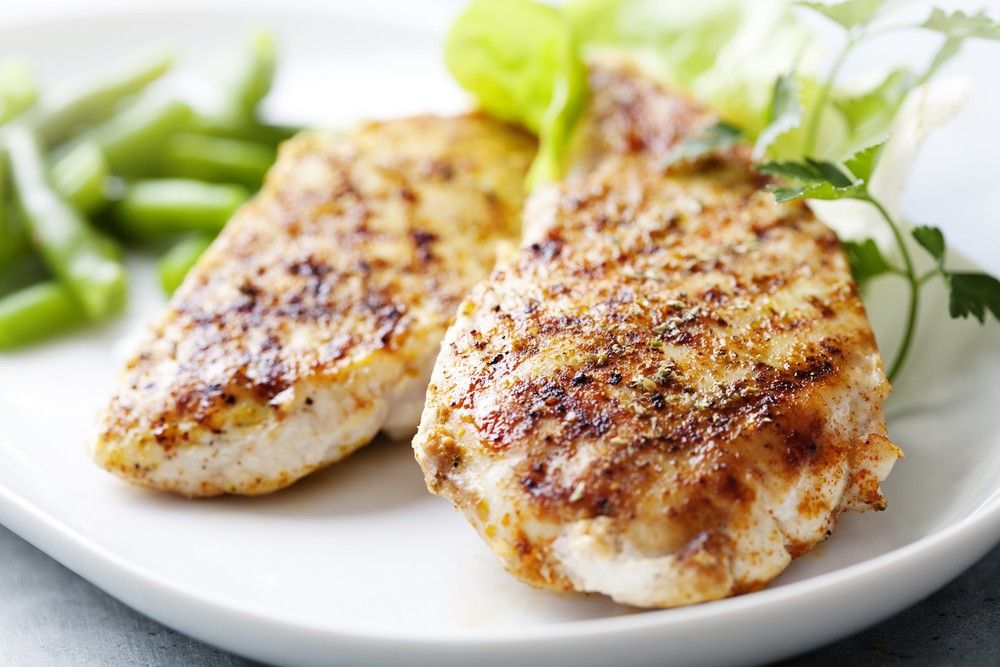
This is for people who are just starting on the flexitarian diet. At this stage, you should refrain from eating meat two days per week. You should also keep your meat consumption below 28 ounces per week for the five days you eat meat.
Second Stage
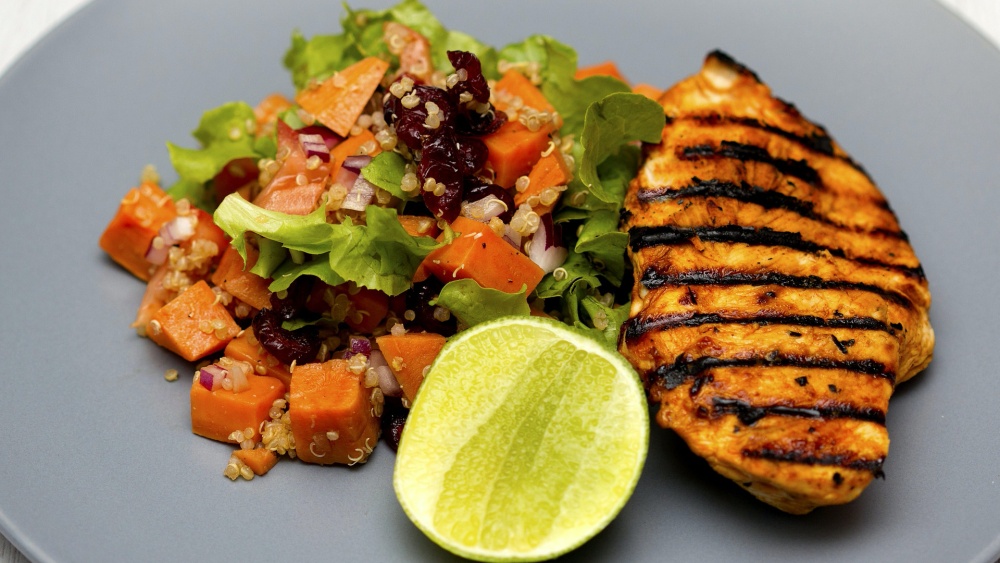
The second stage involves refraining from meat for three to four days per week. Try not to consume more than 18 ounces of meat for the rest of the week.
Third Stage
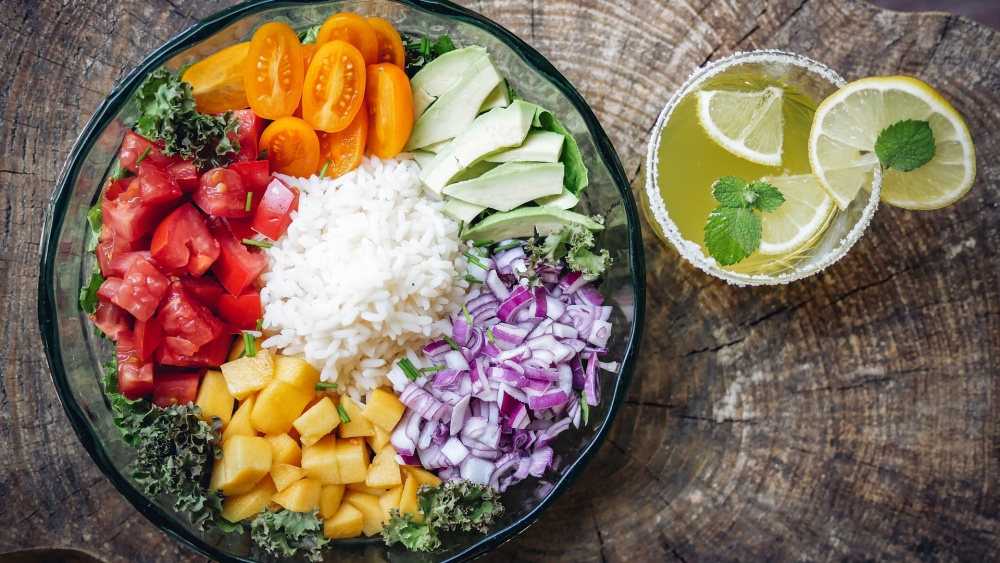
This involves sticking to a vegetarian diet five days a week and limiting your meat consumption to no more than nine ounces for the remainder of the week.
Preferred Types Of Meat

You eat less meat and more nutritious plant foods with a flexitarian diet. When you decide to consume meat, stick to pasture-fed, free-range, organic meats like turkey, chicken, or beef. Avoid fatty cuts as much as possible and stick to leaner cuts. You can also add wild-caught fish options to your diet. Just remember that the goal of the flexitarian diet is to get most of your protein from plants, not animals.
Some of the benefits of switching to a flexitarian diet include:
- Helps with weight loss.
- Reduced risk of heart disease.
- Helps with managing pre-diabetes and Type 2 diabetes.
- It reduces your carbon footprint.
- It might reduce your risk of cancer.
Despite its many benefits, a flexitarian diet can also have drawbacks for some people. Reducing meat consumption can lead to deficiencies in calcium, zinc, and vitamin B12. Fortunately, over-the-counter supplements can be used to address this.
The goal of the flexitarian diet is to consume as many unprocessed natural foods as you can. When you do eat meat, focus on eating lean cuts. You should also try to keep processed beverages like soda to a minimum.
Examples of foods that should be part of your grocery list include:
- Vegetables.
- Fruits.
- Plant proteins like tofu, lentils, edamame, beans, and chickpeas.
- Eggs.
- Whole grains like barley, oats, and brown rice.
- Dairy products like milk, cheese, and yogurt.
- Seeds, nut butter, and nuts.
- Healthy oils, herbs, and spices.
- Lean meats like chicken, beef, or turkey.
- Seafood like shrimp, cod, and salmon.
Sample Flexitarian Meal Plan
A flexitarian diet being less restrictive than vegetarianism makes it considerably easier to build your meal plans. A dietician can also help you create meal plans if you need assistance. A typical day on the flexitarian diet might look like this:
Breakfast
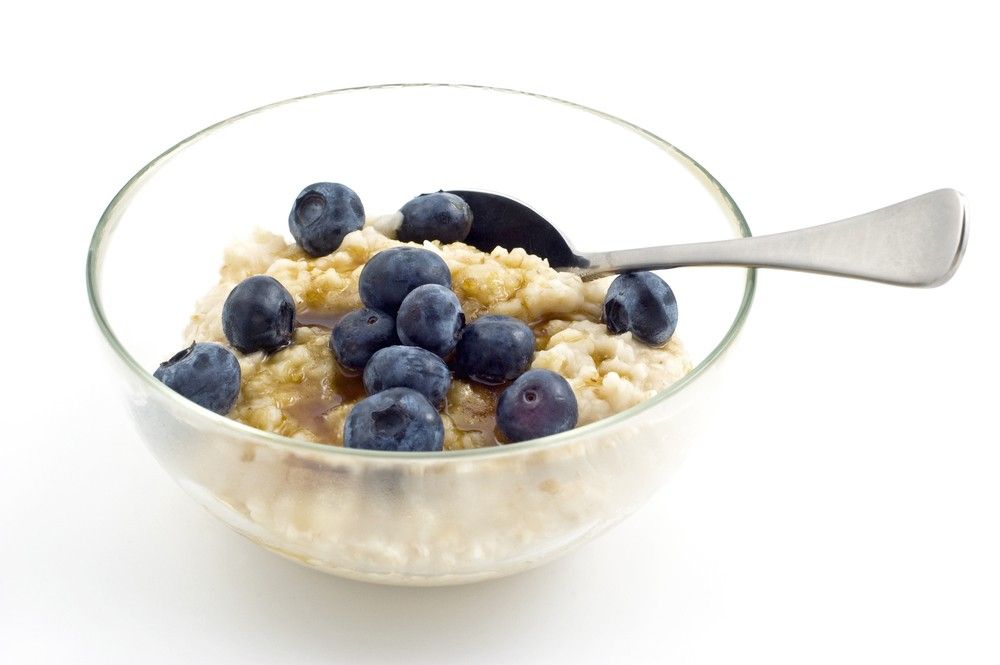
- Eggs, whole-wheat bread, and cooked spinach.
- A turkey sandwich with a glass of milk.
- Sausages, whole-wheat bread, and fruit.
- Oatmeal cereal, toast, and fresh fruit.
Lunch
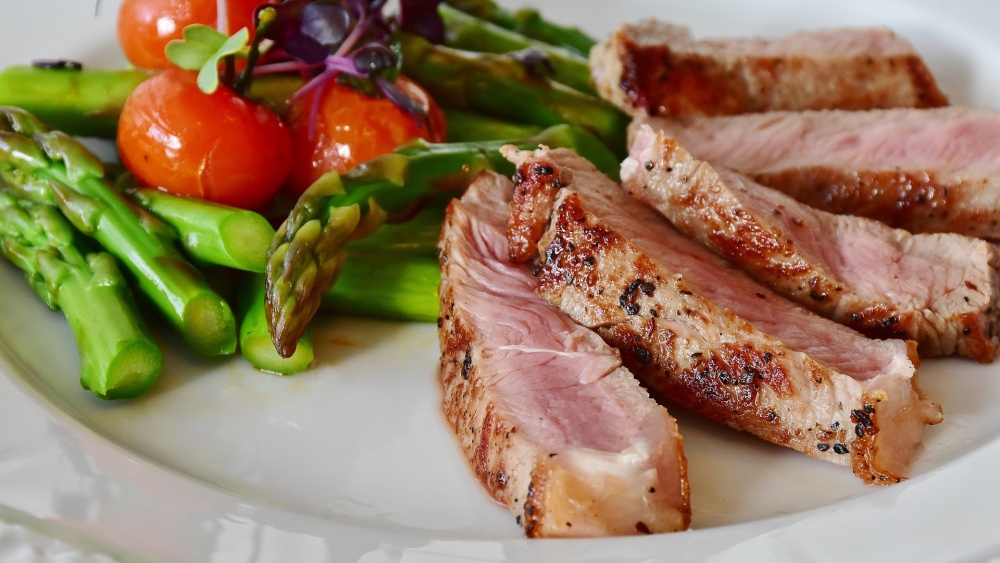
- Corn, black beans, bell peppers, and a salad.
- Chicken, brown rice, and cooked spinach.
- Coleslaw, beans, and steak.
Dinner

- Grilled fish and a salad.
- Steak, potatoes, and corn.
- Chicken, fried brown rice, and coleslaw.
The Flexitarian Diet Can Lead To Positive Health Changes
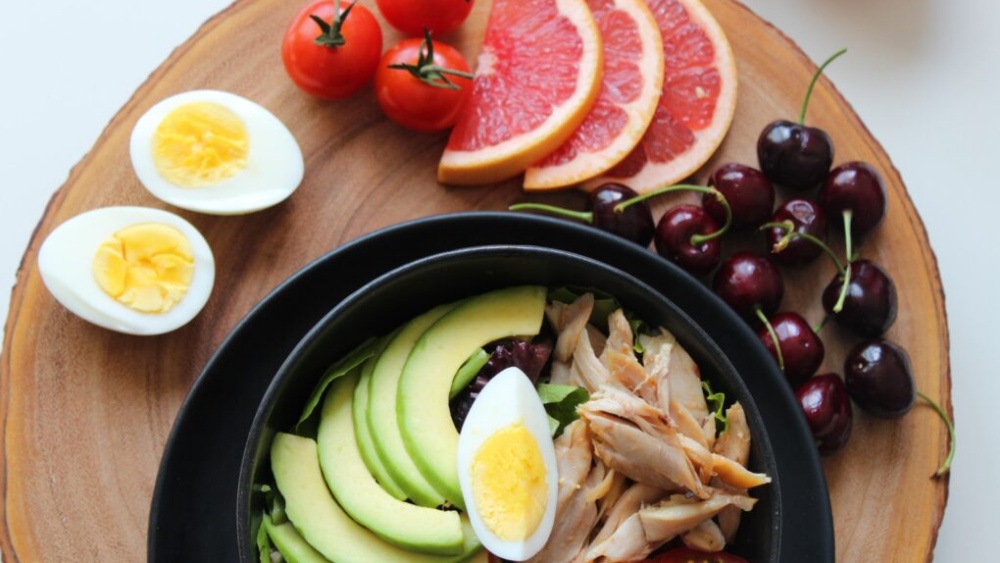
The flexitarian diet shares many similarities with vegetarianism, but it is not as restrictive since you can occasionally consume animal products like fish, meat, eggs, and dairy. The diet emphasizes consuming a diet made up primarily of whole grains, nuts, vegetables, and fruits, with little to no processed foods. As is the case with any diet, it’s okay to have cheat days once in a while.
The best way to incorporate the flexitarian diet into your lifestyle is by gradually changing your diet rather than overhauling everything at once. Start with small changes like eating one meal per day that does not contain meat, then move on to eating meat and other animal products only once on most days.
You may also like:
Diet Wars: Keto vs Paleo vs Low-Carb, Which Diet Is For You?
















